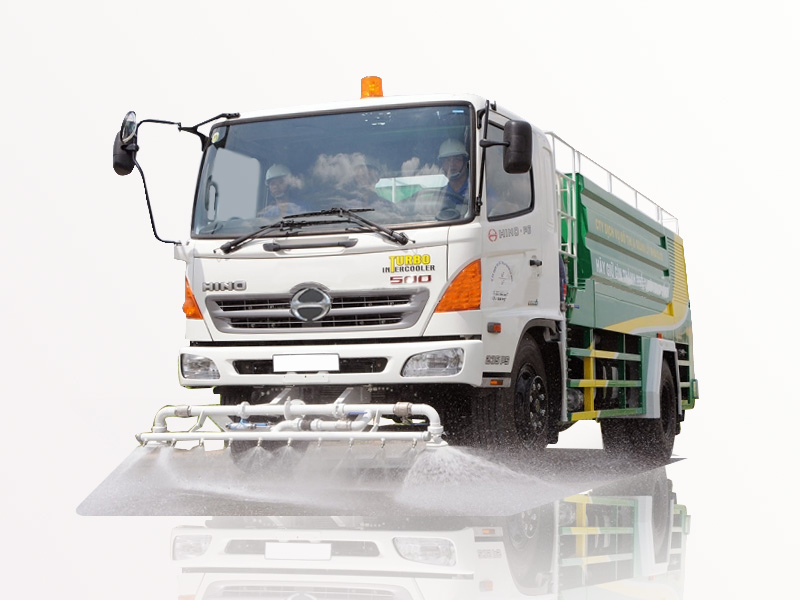Understanding sanitary and storm jetting is essential for maintaining your plumbing systems and ensuring proper drainage. This guide provides an in-depth look at what sanitary and storm jetting entails, its importance, methods, practical applications, and maintenance tips.
What is Sanitary and Storm Jetting?
Sanitary and storm jetting are specialized cleaning processes used to clear blockages and maintain the integrity of sewer systems and stormwater drains. Using high-pressure water jets, these methods can effectively remove debris, grease, tree roots, and other obstructions.
The Importance of Sanitary and Storm Jetting
Regular jetting is crucial for several reasons:
- Prevention of blockages that can lead to sewage backflow.
- Improvement of drainage efficiency.
- Reduction of odors caused by waste buildup.
- Prolonged lifespan of drainage systems.
How Does the Jetting Process Work?
Equipment Used in Jetting
The equipment for sanitary and storm jetting typically includes:
- Jetting Truck: A vehicle equipped with a high-pressure water pump and large tanks.
- Hoses: High-pressure hoses that can reach into pipes and drains.
- Nozzles: Different types of nozzles are used to direct the water flow effectively.
Step-by-Step Process of Jetting
The jetting process involves several steps:
- Inspection: Using cameras to inspect the sewer lines for blockages and damage.
- Preparation: Setting up equipment and ensuring safety measures are in place.
- Jetting: Running high-pressure water through the pipes to clear debris.
- Final Inspection: Conducting another camera inspection to ensure all blockages are removed.
Types of Jetting
Sanitary Jetting
Sanitary jetting is focused on clearing and maintaining sewage lines. This method is often used in residential, commercial, and industrial settings to prevent sewage-related issues.
Applications of Sanitary Jetting
- Residential plumbing maintenance.
- Commercial kitchen grease trap cleaning.
- Municipal sewer systems maintenance.
Storm Jetting
Storm jetting is aimed at stormwater drains, which collect rainwater and prevent flooding. This method ensures that drains are free from debris and can effectively channel water.
Applications of Storm Jetting
- Preventive maintenance of roadside drains.
- Cleaning out of culverts and catch basins.
- Cleaning drainage systems in parking lots and commercial areas.
Benefits of Jetting Services
Investing in sanitary and storm jetting offers numerous benefits:
| Benefit | Description |
|---|---|
| Cost-Effectiveness | Preventing major blockages and repairs saves money in the long run. |
| Enhanced Flow | Ensures optimal drainage and prevents flooding. |
| Environmental Protection | Helps prevent contaminants from entering water systems. |
Practical Tips for Homeowners
When to Schedule Jetting Services
It’s important to schedule jetting services regularly. Consider the following:
- Every 1-2 years for residential properties.
- Annually for commercial properties with high waste disposal.
- After events such as heavy rainfall or construction work.
Signs You Need Jetting Services
Be aware of these warning signs that indicate a need for jetting:
- Slow drains in multiple locations.
- Recurring clogs or backups.
- Unpleasant sewage odors.
Common Myths and Misconceptions
Debunking Common Myths
- Myth: Jetting damages pipes.
- Fact: When done correctly by professionals, jetting does not harm pipes.
- Myth: Jetting is only necessary for commercial properties.
- Fact: Residential properties also benefit greatly from regular jetting.
Choosing the Right Service Provider
Factors to Consider
When selecting a jetting service provider, keep the following criteria in mind:
- Experience and reputation of the company.
- Quality of equipment used.
- Client reviews and testimonials.
- Licensing and insurance.
Questions to Ask a Service Provider
Before hiring a jetting service, consider asking these questions:
- How long have you been in the drainage service industry?
- What methods do you use for jetting?
- Do you offer a satisfaction guarantee?
- What will the cleaning process entail?
Cost of Sanitary and Storm Jetting
The cost of jetting services can vary significantly based on several factors:
- The type and size of the plumbing system.
- Severity of blockages.
- Current market rates in your area.
Typical Pricing Range
| Service Type | Average Cost |
|---|---|
| Residential Jetting | $150 – $500 |
| Commercial Jetting | $500 – $2,000 |
Frequently Asked Questions (FAQs)
1. How often should I schedule sanitary and storm jetting?
It is recommended to schedule sanitary jetting every 1-2 years for residential properties and annually for commercial establishments.
2. Can I perform jetting myself?
While some minor obstructions can be cleared by homeowners, professional jetting is essential for severe blockages and uses specialized equipment.
3. What are the risks of not jetting my drains?
Neglecting regular jetting can lead to serious blockages, backups, foul odors, and potential damage to your plumbing system.
4. Is jetting safe for all types of pipes?
Yes, professional jetting is safe for most types of pipes, including PVC, ABS, and cast iron when done correctly.
5. What sets jetting apart from traditional cleaning methods?
Jetting uses high-pressure water to dislodge stubborn debris, making it more effective than traditional snaking methods that may not reach deeply embedded blockages.
6. How long does the jetting process take?
The duration of the jetting process can vary but typically takes between 1 to 3 hours depending on the size of the system and severity of blockages.





